Bodybuilding Supplements L-Epinephrine, Epinephrine Hydrochloride For Bodybuilder
L-Epinephrine basic info
| nombre del producto |
L-Epinephrine Hydrochloride |
| Apariencia |
Polvo cristalino blanco |
| Ensayo |
98~101.0% |
99.2% |
| Identificación |
By UV, To match with working standard |
Cumple |
| Sustancias relacionadas |
Not more than the reference solution(0.05%) |
Cumple |
| Metales pesados |
<=10ppm |
5ppm |
| Pérdida por secado |
<0.5% |
0.2% |
| Resiue On Ignition |
<=0.1% |
0.03% |
| Punto de fusion |
157C |
Complie |
nombre del producto: L(-)-epinefrina
número CAS: 51-43-4
MF: C9H13NO3
MW: 183.2
EINECS: 200-098-7
Categorías de Producto: Non-steroidal hormone drugs ; Amines; Aromáticos; intermedios & Productos químicos finos; Productos farmacéuticos; inhibidores; Medical Fabric
Almacenamiento :2-8° C
Estabilidad:Stable. Incompatible with acids, acid chlorides, acid anhydrides, oxidizing agents. Light sensitive.
Uso: Non-steroidal hormone drugs, but also for the hemostatic drug network of blood intermediates. Mainly used for anaphylactic shock, bronchial asthma and cardiac arrest .
L-Epinephrine description
L-Epinephrine also called renin, deputy kidney alkali, by livestock (cattle, sheep) in the adrenal medulla extract or artificial synthesis, white or almost white crystalline powder, on the α, β receptors are excited effect. L-Epinephrine is a hormone secreted by chromaffin cells in the adrenal medulla. Mainly in the sympathetic nervous system regulation. The increased secretion of cardiac activity caused by – heart rate, cardiac output increased, blood pressure; liver glycogen decomposition into glucose so that elevated blood sugar, lipolysis accelerated metabolic enhancement; bronchial smooth muscle relaxation and so on. The sympathetic nervous system in the environment of rapid changes, intense exercise, tension, fear, cold, heavy blood loss and other activities were significantly enhanced, while adrenal medulla secretion also increased adrenaline levels in vivo, when adrenergic adrenergic receptor (Α, β adrenergic receptor) that is caused by a series of body activities and metabolic changes. Sympathetic excitability adrenal medulla secretion of hormones, 80% epinefrina, 20% norepinephrine.
L-Epinephrine is produced by the adrenal gland secretion, the adrenal gland is a very important endocrine organ, located on both sides of the kidney at the top, named adrenal gland. Adrenal gland, located on the top of the kidney, common for the renal fascia and adipose tissue wrapped. The left adrenal gland is semilunar and the right adrenal gland is triangular. Adrenal gland on both sides of a total of about 30g. From the side view, the gland is divided into two parts of the adrenal cortex and adrenal medulla, the surrounding part of the cortex, the internal medulla. Both in the occurrence, structure and function are not the same, in fact, two endocrine glands.
L-Epinephrine effect
L-Epinephrine can stimulate the heart of the β1 receptor, to enhance myocardial contractility, accelerate conduction, speed up the heart rate and increase cardiac output; can also dilate the coronary blood vessels, improve myocardial blood supply. Increased myocardial metabolism, can increase myocardial oxygen consumption, improve myocardial excitability. If the dose is too large or too fast intravenous injection can cause heart rate disorders, and even ventricular fibrillation.
- The role of blood vessels
L-Epinephrine has a vasoconstrictive and diastolic effects, mainly due to the various parts of the blood vessels of different receptor types. This product on the α receptor-dominant skin, mucous membranes and visceral (such as the kidneys) of the blood vessels produce a strong contraction of the β2-receptor-dominant coronary and skeletal muscle vasodilatation.
When the heart excited, small doses can increase systolic blood pressure, diastolic blood pressure unchanged or decreased; large doses of systolic and diastolic blood pressure were increased.
- The role of smooth muscle
Stimulate the bronchial smooth muscle β2 receptors, can quickly and powerful relaxation of bronchial smooth muscle, especially in the role of bronchial smooth muscle spasm more obvious; the gastrointestinal tract, bladder smooth muscle relaxation is weak, but its sphincter contraction.
Además, adrenaline still excited α receptor, bronchial mucosal blood vessels shrink, reduce bronchial mucosal edema, reduce bronchial gland secretion. Inhibition of gastrointestinal smooth muscle peristalsis, contraction of the pyloric and ileal sphincter, but when the sphincter spasm, there are relaxation, but also can reduce the secretion of the digestive gland. Contraction of the iris radiated muscles, so that the pupil to expand the membrane of the animals can cause instant membrane contraction. The role of the uterine smooth muscle is more complex, mainly with animal species, different stages of the sex cycle and whether pregnancy and other factors. Además, adrenaline can excite the respiratory center, increased blood sugar.
L-Epinephrine Application
1. As a first aid to restore cardiac function: commonly used in anaphylactic shock, drowning, infectious diseases, drug poisoning, surgical accidents and cardiac conduction block caused by weak or sudden cardiac arrest. Heartbeat completely stopped, can be used intracardiac injection, and with effective artificial respiration, cardiac massage and other measures.
2. For allergic diseases: subcutaneous or intramuscular injection can treat allergic diseases such as anaphylactic shock, urticaria, bronchial asthma, lobular inflammation, immune serum and vaccine-induced allergic reactions are also effective.
3. Compatibility with local anesthetics Application: Per 100ml local anesthetic by adding 0.1% epinephrine solution 0.5 ~ 1ml, to shrink the local blood vessels, delay the absorption of local anesthetic, anesthesia time can be extended to reduce the toxicity of anesthetic reactions.
4. Topical as a local hemostatic: local 1: 5000 ~ 1: 10 million solution, can make local vasoconstriction, stop nasal mucosa, uterus, gums or surgical site bleeding.
Recommend products
Meprednisone CAS: 1247-42-3
Prednisone 21-acetate CAS:25-10-0
16α-hydroxy-prednisolone CAS:13951-70-7
Prednisolone-21-acetate CAS:52-21-1
Methylprednisolone acetate CAS: 53-36-1
Prednisolone Sodium Phosphate CAS: 125-02-0
L(-)-Epinephrine CAS:51-43-4
L-Epinephrine hydrochloride CAS: 55-31-2
Isoprenaline hydrochloride CAS: 51-30-9
Norepinephrine CAS: 51-41-2
Phenylephrine hydrochloride CAS: 61-76-7
Epinephrine bitartrate CAS: 51-42-3
Productos relacionados
|
Nombre del producto |
NO CAS. |
|
Deflazacort |
CASO:13649-88-2 |
|
Dienogestrel |
CASO:65928-58-7 |
|
CASO:638-94-8 |
|
Meprednisone |
CASO:1247-42-3 |
|
CASO:50-24-8 |
|
Prednisolone Sodium Phosphate |
CASO:125-02-0 |
|
CASO:50-02-2 |
|
Dexamethasone sodium phosphate |
CASO:55203-24-2 |
|
Dexamethasone Palmitate |
CASO:14899-36-6 |
|
BetaMethasone Acetate |
CASO: 987-24-6 |
|
Dexamethasone Acetate |
CASO: 1177-87-3 |
|
Fluocinolone Acetonide |
CASO: 356-12-7 |
|
Flurogestone acetate |
CASO: 2529-45-5 |
|
Cortisone Acetate |
CASO: 50-04-4 |
|
Prednisolone Acetate |
CASO: 125-10-0 |
|
Hydroxyprogesterone acetate |
CASO: 302-23-8 |
|
Hydrocortisone Acetate |
CASO: 50-03-3 |






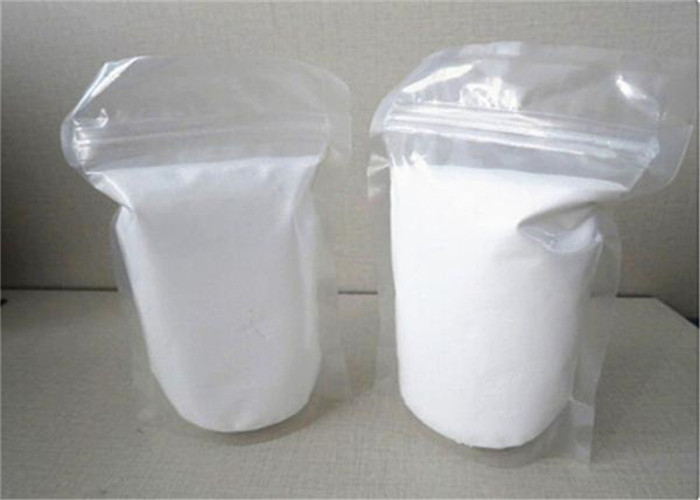
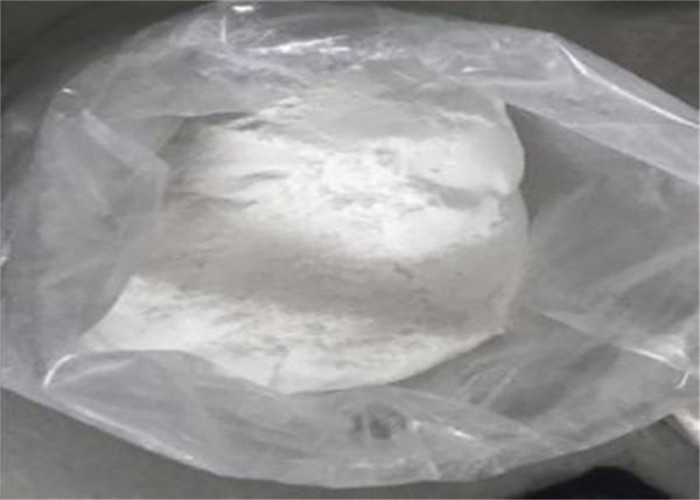
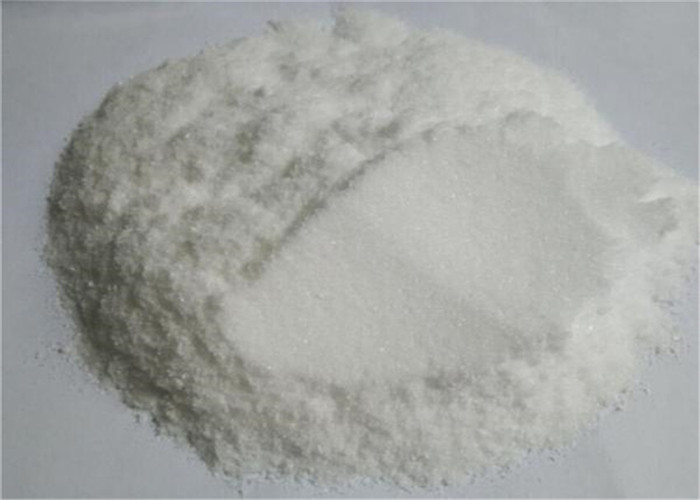
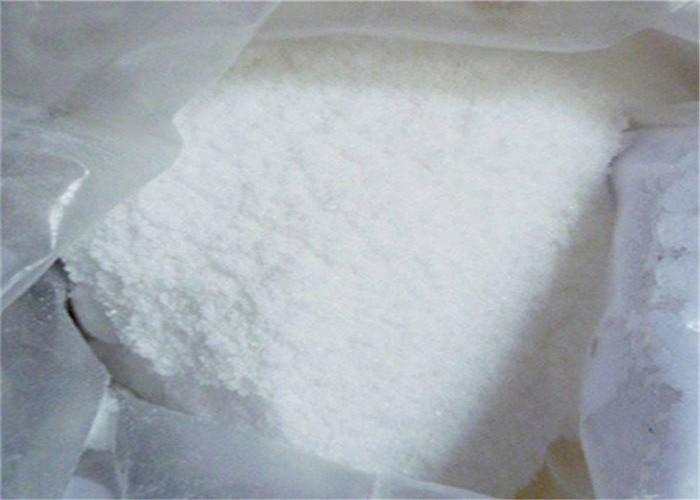
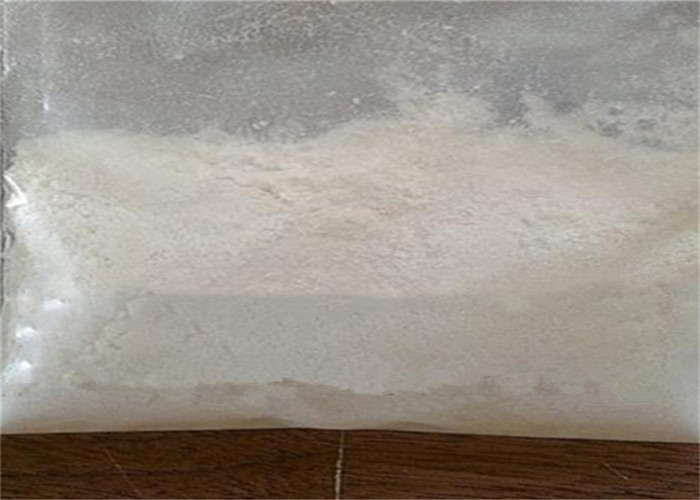
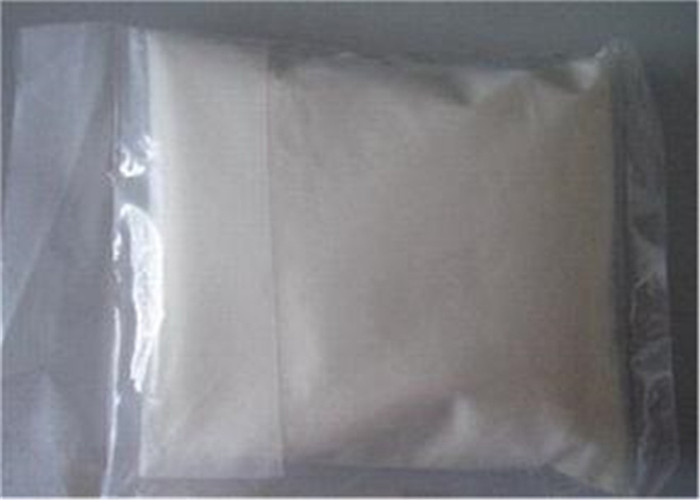



 Gerente de ventas
Gerente de ventas